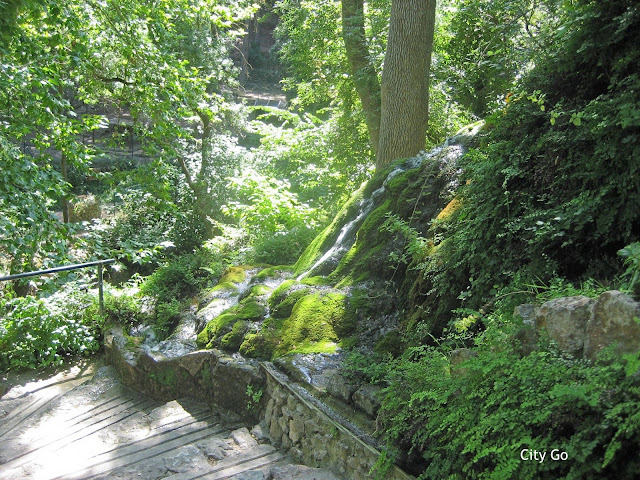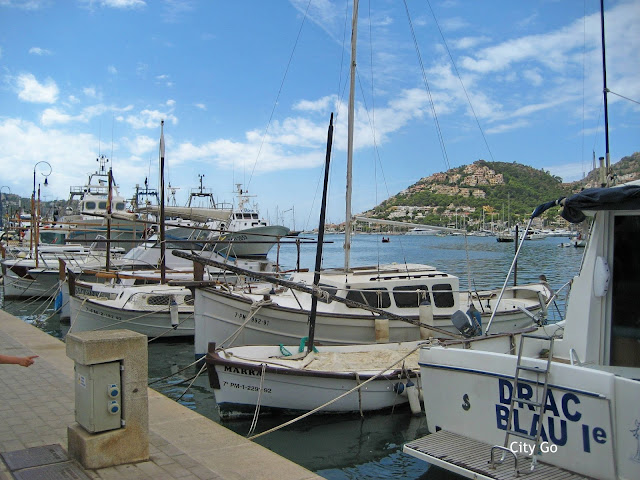Portocristo, Mallorca, Spain

The small fishing town of Portocristo (Port of Christ) was given this name when, at the time of the Christian re-occupation in 1260 a. D., a boat with a crucifix washed-up on the beach. Today it's a family resort with litle to do but swim, sunbathe and go to one of the many restaurants and cafes by the sea shore. Nearby are the Cuevas del Drach (Dragon Caves), a large cave system with Europe's largest underground lake. How to go: From Palma de Mallorca you can take bus 412 to both Portocristo and Cuevas del Drach. Back to Mallorca Cuevas del Drach (from the site www.cuevasdeldrach.com)




